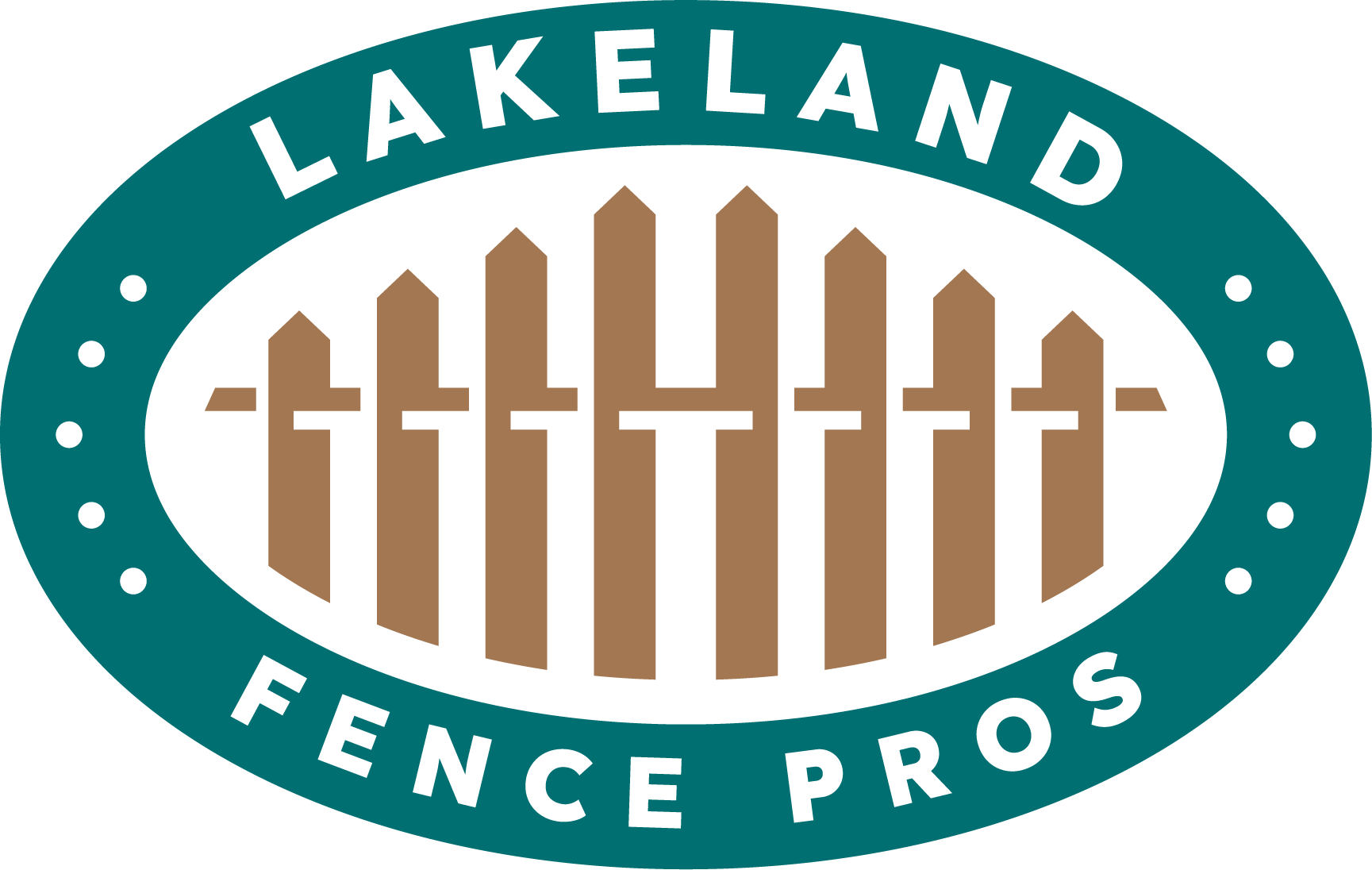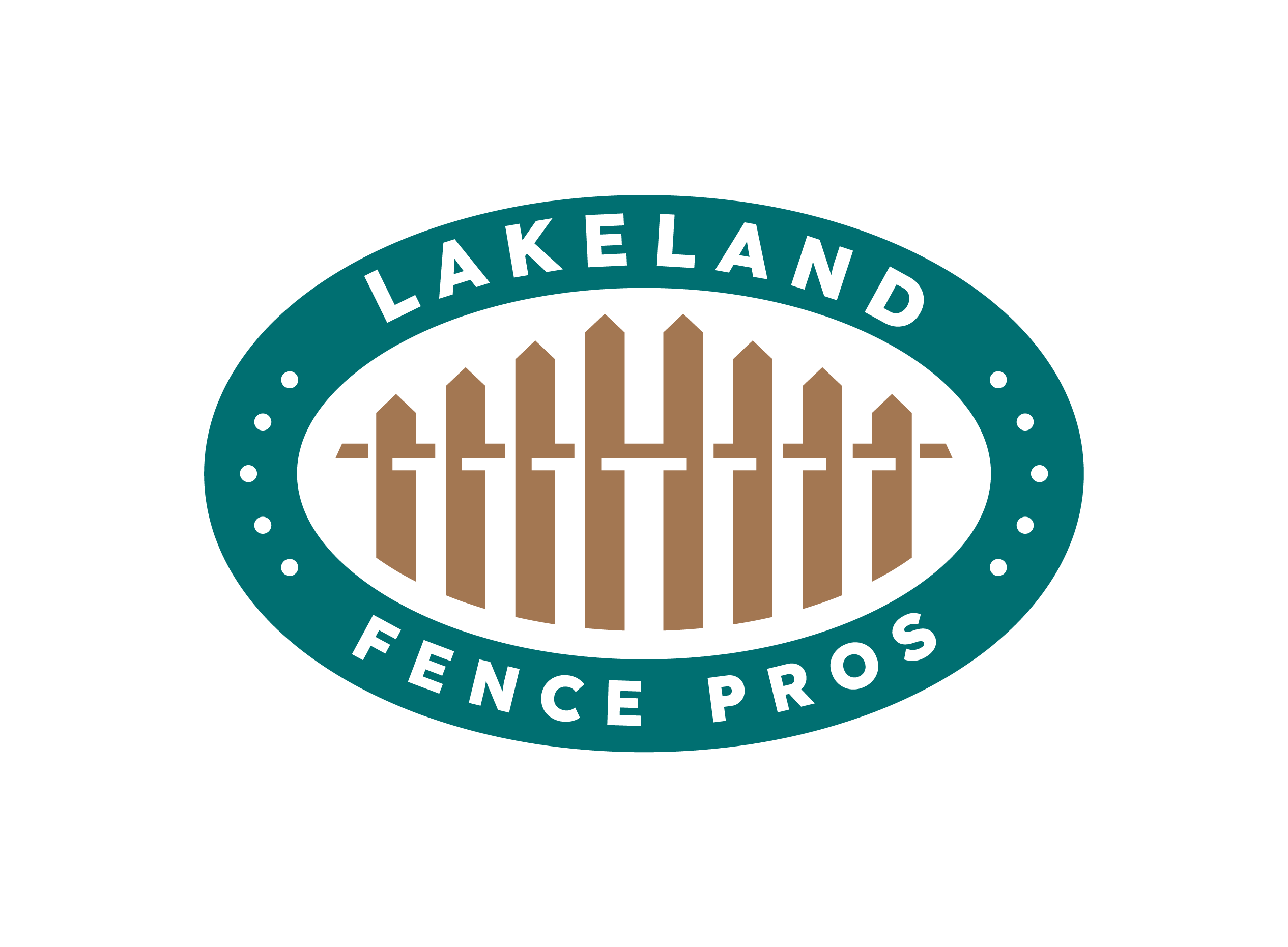Building a fence isn’t just about marking boundaries—it’s about creating a secure, functional, and visually appealing addition to your property. One style that has gained major popularity in Central Florida is the hog wire fence. Known for its rustic charm, durability, and versatility, hog wire fencing is a top choice for Lakeland homeowners, farmers, and property managers.
Whether you’re protecting livestock, fencing in a backyard garden, or enhancing your curb appeal, a hog wire fence offers the perfect balance of strength and visibility. In this guide, we’ll walk you through everything you need to know to plan, install, and maintain a hog wire fence, with expert tips from your trusted local professionals at Lakeland Fence Pros.
Why Choose a Hog Wire Fence in Polk County?
Before jumping into construction, it’s important to understand why hog wire fencing is such a smart option for property owners in Lakeland and the surrounding Polk County area:
-
Strength & Security – Hog wire panels are designed with heavy-duty galvanized wire, making them strong enough to contain animals and deter intruders.
-
Clear Visibility – Unlike solid wood or vinyl fencing, hog wire panels allow you to see through the fence. This is ideal for scenic Central Florida properties where you don’t want to block views.
-
Versatility – Hog wire fences work for livestock enclosures, gardens, pool areas, and even decorative property borders.
-
Aesthetic Appeal – With their rustic-meets-modern look, hog wire fences pair beautifully with wood posts for a farmhouse feel or with metal frames for a sleek, modern style.
-
Cost-Effective – Compared to wrought iron or full wood fencing, hog wire provides a more affordable solution without compromising durability.
Step 1: Planning and Preparation
Every successful fencing project begins with careful planning. Start by asking yourself:
-
What is the main purpose of the fence? (Livestock containment, garden protection, property boundary, or curb appeal?)
-
How tall should the fence be? (Taller fences are ideal for livestock, while shorter ones may suit decorative or garden use.)
-
Where should the gates be located? (Think about ease of access for people, equipment, or vehicles.)
Once you’ve clarified the purpose and layout, measure your fence line. Use a measuring tape, stakes, and string to map out the perimeter. This ensures you purchase the correct amount of posts, rails, and wire panels.
Next, gather the essential materials and tools:
-
Materials: Pressure-treated wooden posts, hog wire panels, concrete, lumber for rails (2×4 or 2×6), brackets, screws, and optional gate hardware.
-
Tools: Post-hole digger, level, drill, hammer, measuring tape, pliers, wire cutters, and safety gear.
📌 Pro Tip: At Lakeland Fence Pros, we recommend pressure-treated posts and rails to withstand Florida’s humid climate and resist rot or termites.
Step 2: Marking the Fence Layout
Now that you’ve measured, it’s time to mark where the posts will go. Use stakes or spray paint along the string line to indicate each post location. Standard spacing for hog wire fences is 6 to 8 feet apart, depending on the level of support needed.
Keep in mind:
-
Closer spacing adds strength for livestock enclosures.
-
Wider spacing works well for decorative or garden fences.
Accurate spacing ensures that your hog wire panels fit snugly and your fence stays level and sturdy.
Step 3: Installing Fence Posts
Fence posts are the foundation of your hog wire fence. Dig post holes at least 2 feet deep to provide enough stability—deeper if the soil is sandy, as is common in parts of Polk County.
-
Place the wooden post into the hole.
-
Use a level to make sure it’s perfectly vertical.
-
Pour concrete around the base for added durability.
-
Allow the concrete to cure for 24–48 hours before moving forward.
📌 Pro Tip: Corner and gate posts take the most stress, so make them extra secure with larger posts and more concrete.
Step 4: Attaching Horizontal Rails
With the posts solidly set, the next step is to install horizontal wooden rails. These rails serve as the frame for your hog wire panels.
-
Use 2×4 or 2×6 treated lumber for strength.
-
Attach the rails to the posts with screws or metal brackets.
-
Place one rail at the bottom and one at the top, with an optional middle rail for added stability.
This rail system ensures your hog wire panels stay tight, straight, and well-supported.
Step 5: Installing Hog Wire Panels
This is where the fence takes shape. Hog wire panels are typically sold in 4×16-foot sections. Measure carefully and cut panels to fit between your posts if necessary.
-
Position the panel against the rails.
-
Use U-nails, fence staples, or heavy-duty brackets to secure it.
-
Pull the wire tight to avoid sagging over time.
Repeat this process along the entire fence line until all panels are in place.
Step 6: Adding Finishing Touches
Once your panels are secure, step back and inspect the fence. Look for any uneven sections or loose fasteners. Tighten and reinforce as needed.
To extend the life of your hog wire fence:
-
Apply a weather-resistant stain or paint to the wooden posts and rails.
-
Consider adding a custom gate for both function and style.
-
Add decorative post caps for a polished finish.
📌 Pro Tip: Many Lakeland homeowners love staining their wood a natural cedar tone to complement Florida’s lush greenery.
Step 7: Inspection and Ongoing Maintenance
Even the strongest fences need regular upkeep. At least twice a year, walk your fence line and check for:
-
Loose wires or brackets
-
Rotting or damaged wooden posts
-
Rusted wire panels
-
Sagging sections
Make small repairs right away before they become bigger, costlier problems. With proper care, your hog wire fence can last 20 years or more in the Florida climate.
Hog Wire Fence Ideas for Central Florida
Beyond traditional livestock or garden use, hog wire fences have become a favorite design trend for homeowners in Lakeland and throughout Central Florida. Popular applications include:
-
Backyard Gardens – Keeps critters out while maintaining open views.
-
Pool Enclosures – Provides safety without blocking sightlines.
-
Modern Home Accents – Pair with black metal frames for a sleek, contemporary style.
-
Farm & Ranch Properties – Durable enough to handle livestock while looking rustic and attractive.
Conclusion
A hog wire fence is more than just a boundary—it’s a blend of functionality, durability, and beauty. By planning carefully, using quality materials, and committing to routine maintenance, you can build a fence that enhances your property for decades.
Whether you’re enclosing animals, protecting your garden, or boosting your home’s curb appeal, a hog wire fence is an investment worth making.
📞 Call to Action
Ready to bring your fence project to life? Trust the local experts at Lakeland Fence Pros! We proudly serve Lakeland, Polk County, and all of Central Florida, delivering top-quality fence installations built to last.
👉 Call us today for a FREE estimate and let’s start building the perfect hog wire fence for your property!

